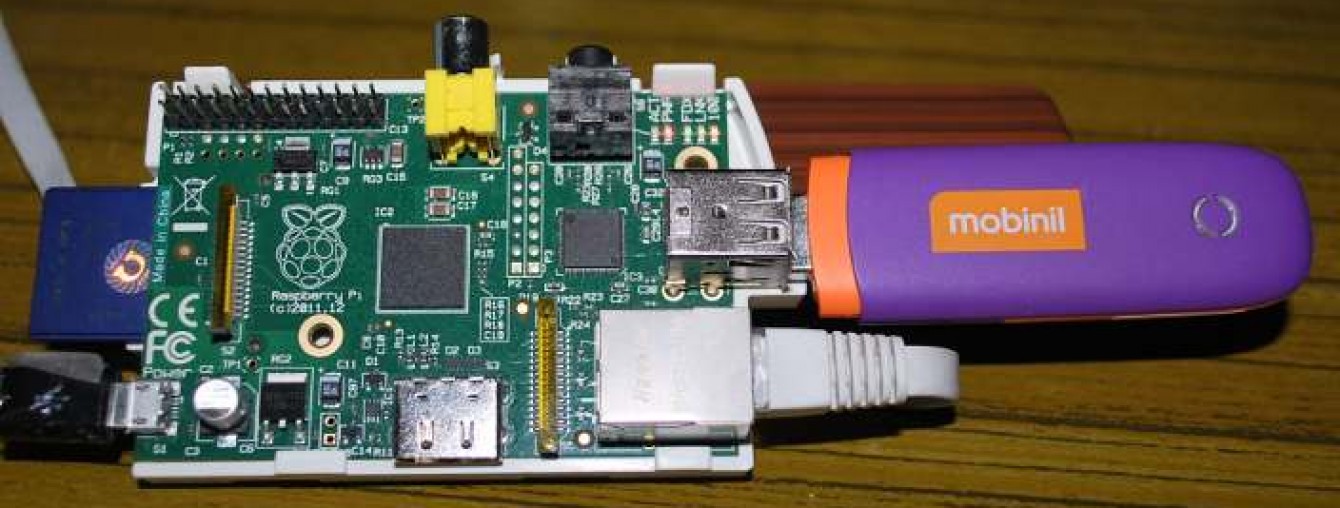HOW-TO:Write Python Scripts for XBMC
http://wiki.xbmc.org/index.php?title=HOW-TO:Write_Python_Scripts_for_XBMC HOW-TO:Write Python Scripts for XBMC This article was originally a copy of a python HOW-TO tutorial was prepared by Nelson Minar. The article have since then been reformatted, restructured, modified and updated several times. Contents [hide] 1 XBMC Python Scripting Tutorial 1.1 Python is not a snake 1.2 Some basic rules – be careful of the snake! 1.3 Always notice the snake behavior 1.4 the real work begins 1.4.1 Window 1.4.2 pad button 1.4.3 add (and remove) text label 1.4.4 init parameters 1.4.5 dialog box 1.4.6 buttons 1.4.7 virtual keyboard 1.4.8 Lists 1.4.9 Screen
